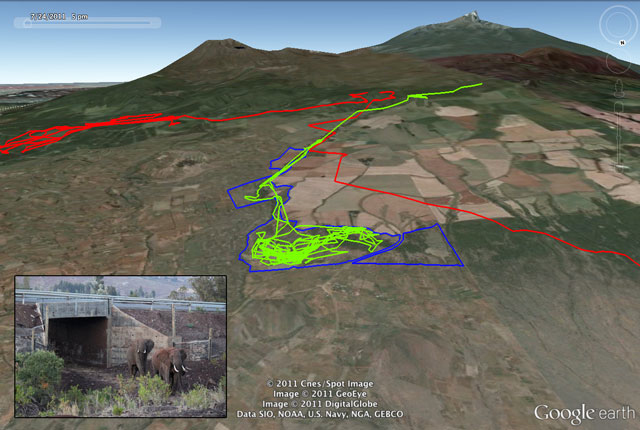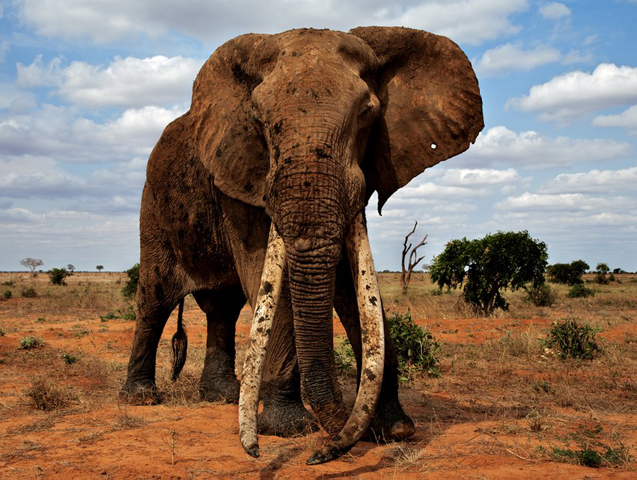Save the Elephants
The ivory trade may have been banned for over two decades, but poaching remains the greatest potential threat to elephants.
How they did it
Save the Elephants assists wildlife departments in their fight against ivory traders and poachers by collaring key elephants with satellite and GSM collars to track and monitor their movements.
Save the Elephants uses Google Earth to visualize elephant tracking data from across Africa. The application's satellite imagery allows researchers to zoom in to remote regions of Kenya and follow the elephants on a moving high definition 3D backdrop in real time.
Since 1995 Save the Elephants has been a leader in developing systems to monitor and interpret elephant movements. The technology is constantly being updated, so today bulky radio-tracking collars are being replaced by GPS collars that transmit data to secure servers.
For managers in the field, realtime elephant position updates and alerts are now securely delivered to Save The Elephants' mobile app on iOS and Android. To go much deeper, users can drill down into extensive track KML files with Google Earth on a laptop.

In 2015, Save the Elephants also worked with Google Earth Outreach to bring the backpack version of Google Street View to Kenya, focusing on Samburu National Reserve, Lewa Conservancy and the Northern Rangelands Trust, and the David Sheldrick Elephant Orphanage. View the landscapes the elephants call home, walk amongst the Samburu warriors and visit baby orphan elephants at the Sheldrick Trust. Explore these places in Google Earth, in Google Street View, or follow along on a virtual guided safari narrated by a naturalist.
Impact
Save the Elephants also recognizes the threats posed by human-elephant interaction. The group's migration tracking studies have led to the construction of a corridor and a highway underpass to give the elephants safe migration areas between Mt. Kenya and the Lewa/Borana region to the north.
The first day the corridor openend, the collared elephant Tony was spotted crossing underneath. Save the Elephants' goal is to secure a future for elephants and the habitats they live in, from Tony to the "Great Tuskers" such as Murembo, shown below. Very few tuskers like Murembo remain in the wild due to the threats of poaching for ivory.
Spreading The Word
As pressure mounts from increased demand for ivory, Save The Elephants has stepped up its efforts with an initiative called the Elephant Crisis Fund to help raise millions of dollars towards conservation efforts.
 “
“Johan Marais took this image of Tsavo's Great Tusker, Murembo (The Beautiful One). His tusks weigh over 140 lbs each and therefore classifies him as a 'Great Tusker'. Save the Elephants uses Murembo's image to raise awareness about the vulnerability of the species, to campaign against demand for ivory, and to counter poaching.
”